low-cost, highly reliable screening tool for infant jaundice
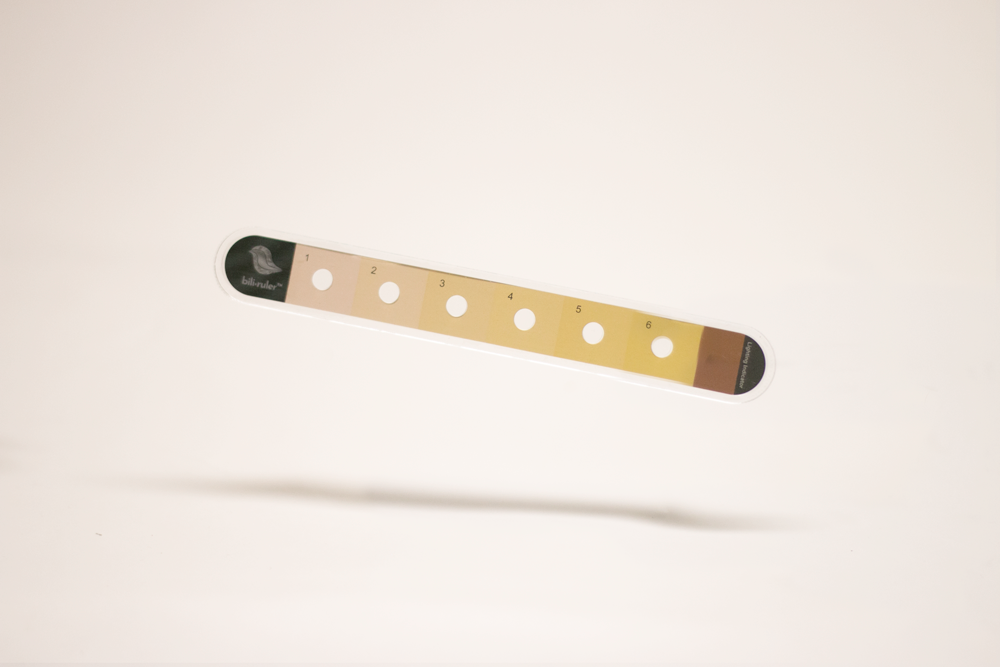
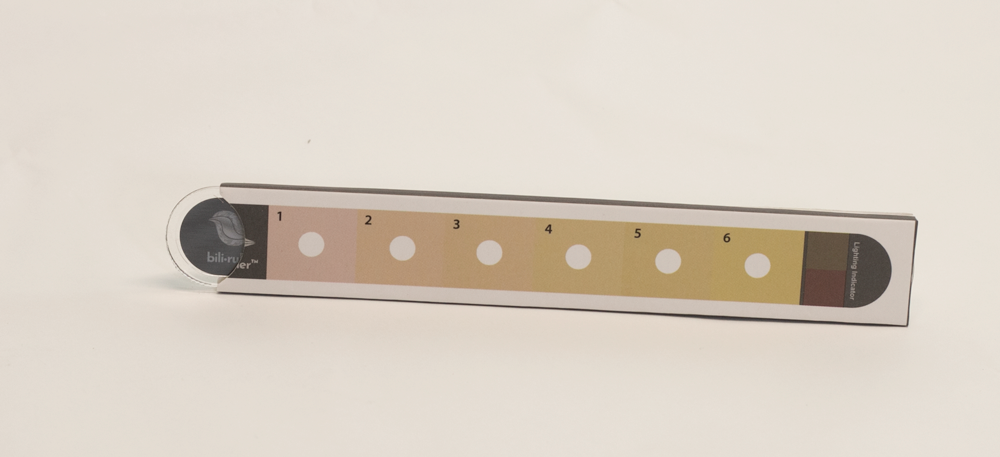
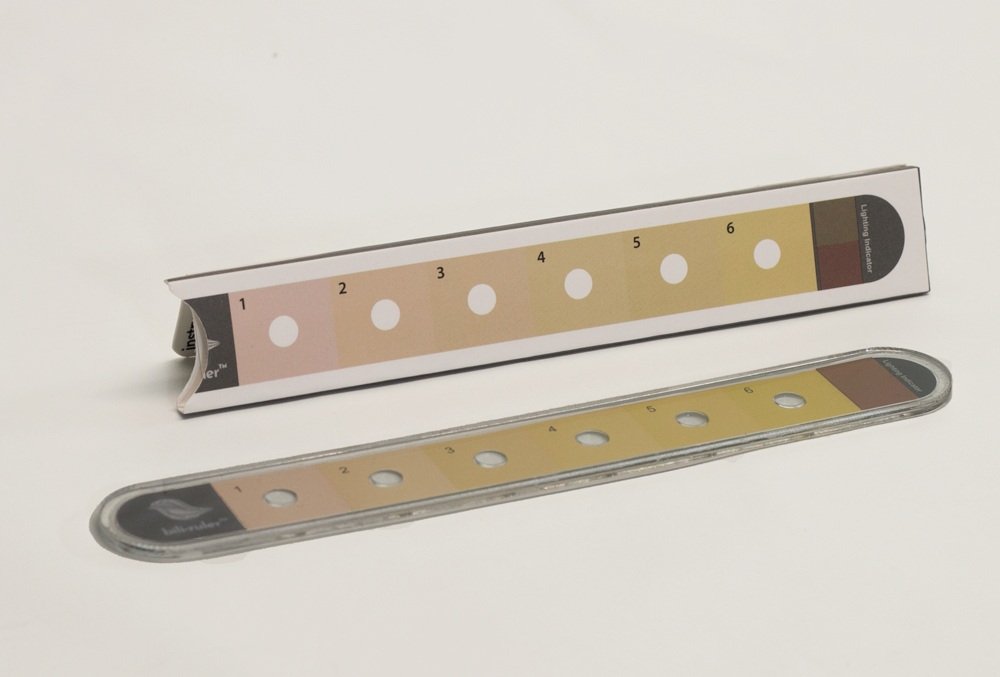

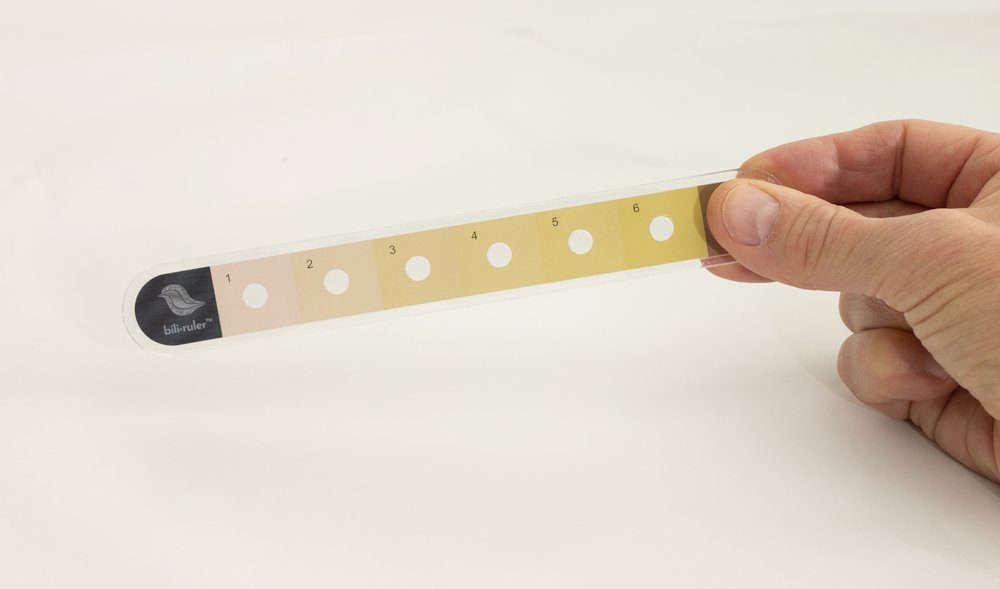
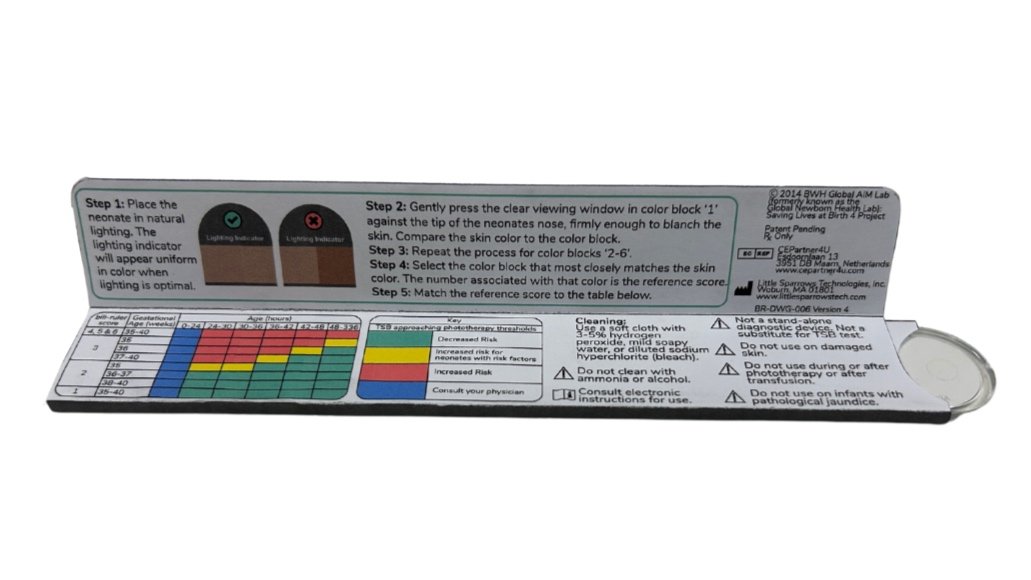
What is biliruler?
Little Sparrows bili-ruler™ is a validated neonatal jaundice screening tool that was developed using advanced digital image processing and human centered design. Precision color matching and state-of-the-art printing techniques assure exceptional color fidelity. It is low-cost, noninvasive, and easy-to-use.
How does the bili-ruler work?
The bili-ruler™ is an “icterometer”, or a series of yellow swatches of increasing intensity that correlate to ranges of serum bilirubin levels and help determine the severity of jaundice.
By finding the bili-ruler™ color that most closely matches the blanched skin on the tip of the baby’s nose, the user can approximate the bilirubin level and determine the need for further diagnostic testing and treatment of jaundice. Bili-ruler™ was validated on nearly 800 multi-ethnic babies demonstrating equivalency to hospital devices costing thousands.
How does bili-ruler compare with other bilirubin measuring methods?
bili-ruler™ significantly improves upon the original Gosset Icterometer which was expensive, less accurate on deeper skin tones and had inconsistent color shades from batch to batch. An industry first, it features an integrated light indicator to guide the user to the best lighting to assess a newborn for jaundice.
bili-ruler™ has a strong positive correlation with both transcutaneous and serum bilirubin measurements. It was validated on nearly 800 multi-ethnic babies demonstrating equivalency to hospital devices costing thousands. Learn more here.
bili-ruler™ has proven effective across a range of ethnicities, in Boston and Bangladesh. Presumably this is because 1) melanin, the major skin pigment, has no red or yellow hue, to interfere with jaundice detection 2) infants have far less melanin than children and adults, and 3) the nose tip has less melanin than other skin.



